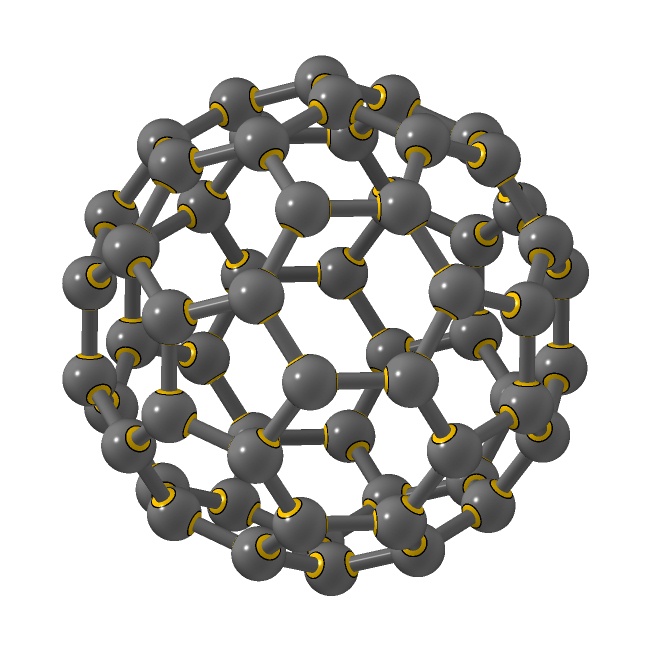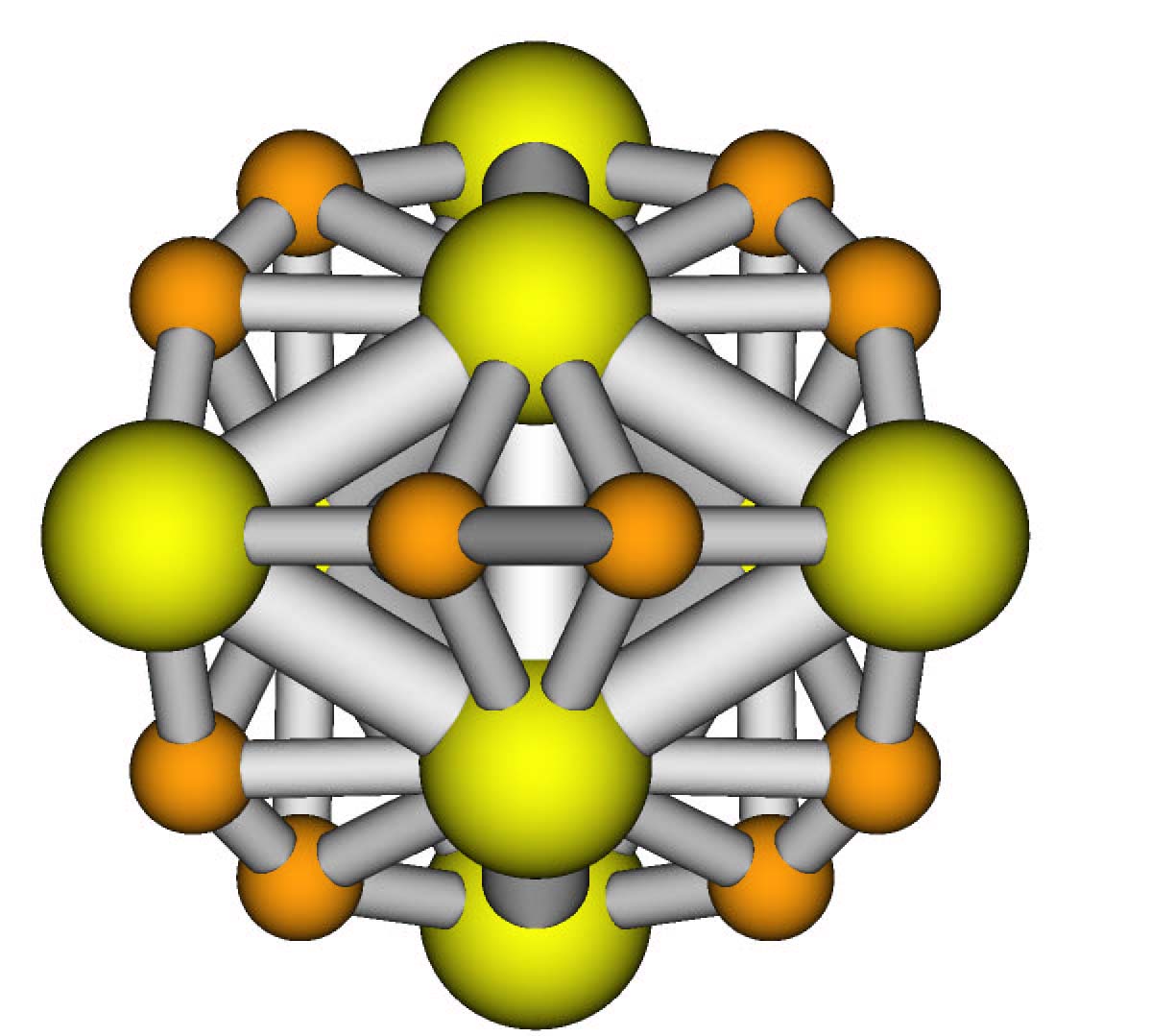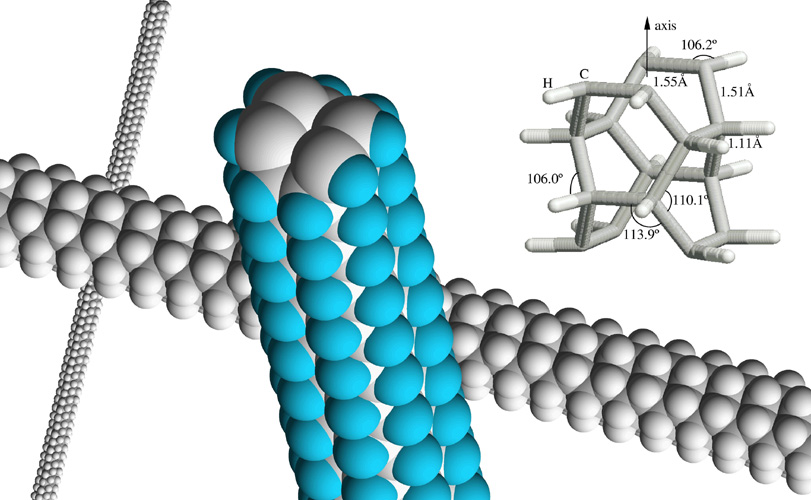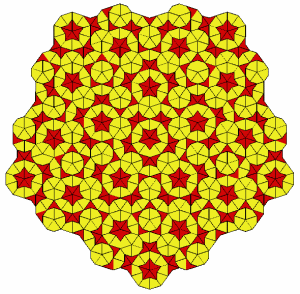 This robust form of carbon (C60)
remains intact when cooled
into a crystal. Discovered by Kroto and Smalley. P. W.
Stephens and L. Mihaly did important early research on solid
phases. Zeilinger
et al. did quantum interference experiments.
|

This nice molecule (Mo8C12) only exists
in gas
phase. It reacts to make other compounds in condensed phases.
Disovered in molecular beams by Castleman et al., drawn by J. Muckerman |
|
midterm exam Friday Oct. 26 answers to midterm (2004 final exam) final exam answers to final exam Final exam Friday Dec. 21, 11am-1:30pm Note: lecture notes are no longer on the schedule page. Please go to "Blackboard" where they are archived. Solutions to HW problems are still here. Look on the course schedule page. |
numbers to memorize equations to memorize shell model and long-range forces phonon notes linear response theory creation operators 2nd quantized notations mean field & Hartree Fock theory 2x2 matrix algebra (BCS) |
|
Homework #1 due Wed. Sept. 12 Homework #2 due Fri. Sept. 21 Homework #3 due Wed. Oct. 3 Homework #4 due Mon. Oct. 15 Homework #5 due Wed. Oct. 24 Homework #6 due Mon. Nov. 12 Homework #7 due Fri. Dec. 7 Homework #8 due |
data base; periodic table of the Fermi surfaces. |
|
The
text is J. M. Ziman, Principles of
the Theory of Solids, 2nd Ed. (Cambridge 1964; paperback edition
1979). For other recommended books, see the book
list.
|
pedagogical examples of using character tables |
 Nanowires, nanorods, and nanotubes are a wonderful area lying nicely between solid state and molecular physics. Chemical reactions catalyzed on the surface of nanoparticles like these are a hot area of research. |

|